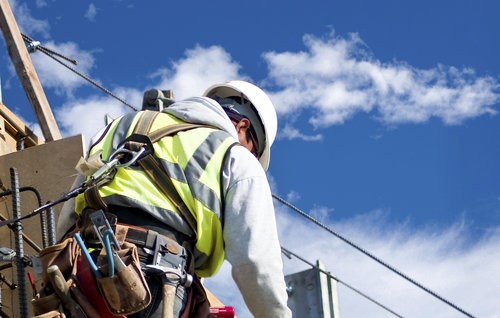After a strong series of months, builder confidence has been a bit bumpy thus far in 2015
Builder confidence has been one of the unqualified success stories of the housing recovery, but weak economic fundamentals could hamper its progress.
That’s one of the key takeaways from the NAHB’s May Housing Market Index (HMI), which fell two points from April to May to a level of 54, though it remains well above the May 2014 rating of 45.
The leading measurement of builder confidence in the new single-family home market, the HMI rose in remarkable fashion through 2012, 2013 and 2014, with the index more than doubling from Jan. 2012’s 25 to Dec. 2014’s 58; any measurement greater than 50 signifies that more builders see market conditions as good than bad.
Consumer Caution at Heart of HMI’s Declines?
So far in 2015, though, the HMI has behaved more gingerly, with declines in February, March and now in May. David Crowe, the NAHB’s chief economist, said consumer caution was part of the HMI’s weak May performance, with many consumers waiting for “more stable financial footing” until they purchased a home.
That said, Crowe still emphasized homebuilding’s bright spots: “The HMI component measuring future sales expectations has been tracking upward all year, mortgage rates remain low, and house prices are affordable. These factors should spur the release of pent-up demand moving forward.”
The HMI is divided into three distinct sections, and as Crowe mentioned, the component measuring single-family sales activity for the next six months has been quite positive in 2015. Indeed, that component increased one point to 64 in May, and was by far the highest-performing component in the HMI. The component for present single-family sales, for instance, declined two points to 59.
Economic Fundamentals Catching Up with Homebuilding
The one true outlier in the HMI, though, is the component measuring the traffic of prospective buyers, which not only remains low, but also stands in stark contrast to the rosy index ratings for future sales activity. At 39, the prospective buyers component is down one point from April and five points from January, and very much mirrors earlier Chicago Agent reporting on the weak fundamentals holding back housing.
Some of the eye-popping stats from our previous reporting include: 33 percent of Americans lack emergency savings, and 47 percent only have enough savings to cover three months of expenses; for 42 percent of households, incomes have “hardly recovered; and in all 48 mainland states, between 20 and 30 percent of 25-year-olds live at home. When such factors are taken into consideration, it makes sense why prospective buyers may be in shorter supply than in past months.
And there’s also the matter of the HMI’s fundamentals, which Chicago Agent and other outlets have questioned. In short, though the HMI has risen 132 percent since 2012, the actual rate of single-family home construction has only risen 41.5 percent (even with April’s strong gains), and that divergence represents the wider disparity in homebuilding today. New construction has shifted towards affluent consumers in a major way since 2012, and for the builders who made that switch, business has been very brisk and confidence is high. For the builders who did not transition – the HMI may have been a positive 54 in May, but that means 46 percent of builders are not confident – times remain tough.

